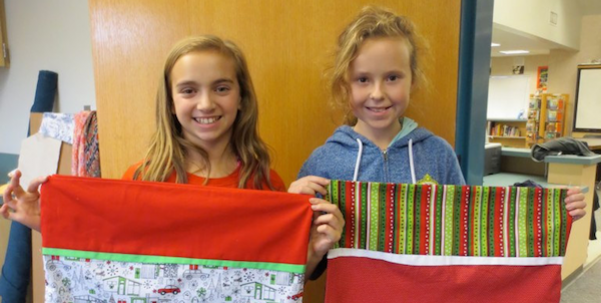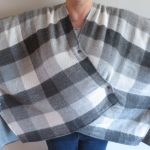Pillowcases are easy, festive, cheerful, and great for all ages to sew (and give.) There are 101 tutorials out there, but I found this one that is super FUN and produces amazing results. I did a road test and made some, then got the kids in the Stitch Lab doin’ ’em with me. For the step by step still photos check out the Patch (quilting store) here. Vanessa at Crafty Gemini shows us a video using what she calls the “burrito roll” method. It is a real favorite with the girls.
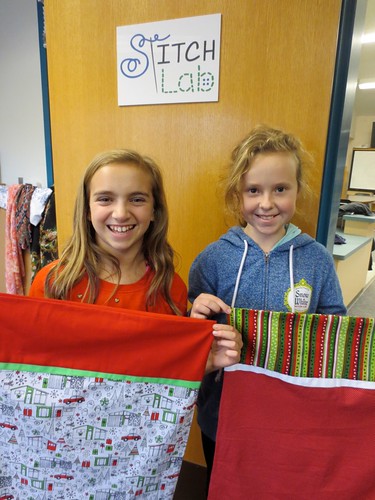
Here are two of my clever sewing ladies showing their finished cases.
For this project, I will let the video and the post above guide you step by step. I used the video myself, and showed it to the students. The video does not have a written supply list, so I generated one for you below.
Supplies
main fabric (24″ by the width of the fabric)
contrast fabric (12″ by the width of the fabric)
cuff fabric (2″ by the width of the fabric)
rotary cutter (super helpful here)
cutting mat/surface
rotary cutter ruler tool
thread
sewing machine
A note on pillow sizes:
For a standard pillow case the measurements above will work well. If you have a long pillow (or a European pillow or King size pillow) the contrast and the cuff would stay the same, but the main fabric would change. Measure the length of your pillow and that is about the length of fabric you need. The cuff is 6″ and will be the overhang.
I did all the pinning and sewed the first seam. Here is mine coming out of the burrito phase.
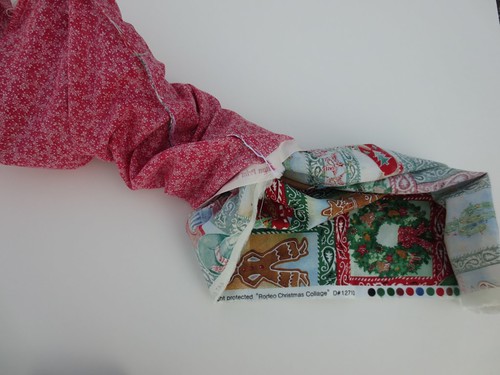
Once you cut with a rotary cutter the rest is really easy. Slow down, and put time into meticulous pinning, and then the actual sewing goes fast enough to make up the meticulous pinning phase.
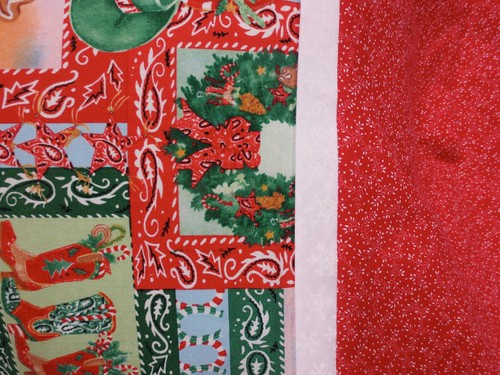
I have done a few of these now, and the main tricks are to cut the fabric with laser precision (a rotary cutter and a self healing board will be fine, no need to rent the physics lab at the local college) and to have a really even seam allowance at the start and the end of that burrito seam. (This is what helped the girls sew really beautiful cases. ) If that seam is off, then your trim and cuff fabric will not match up. It will start to get wonky, and the whole beauty of this project is that is allows for such clean and precise seams.
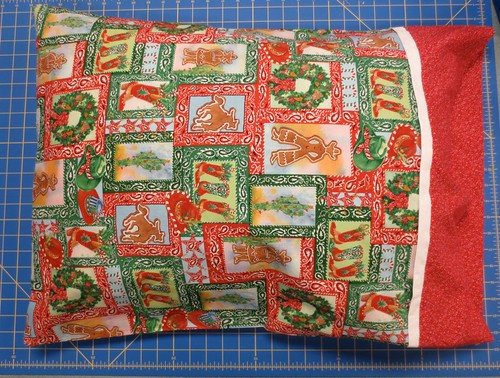
Have a go! They are fun and festive!
© 2005 – 2014 Kathy Lewinski & Susan Cornish

